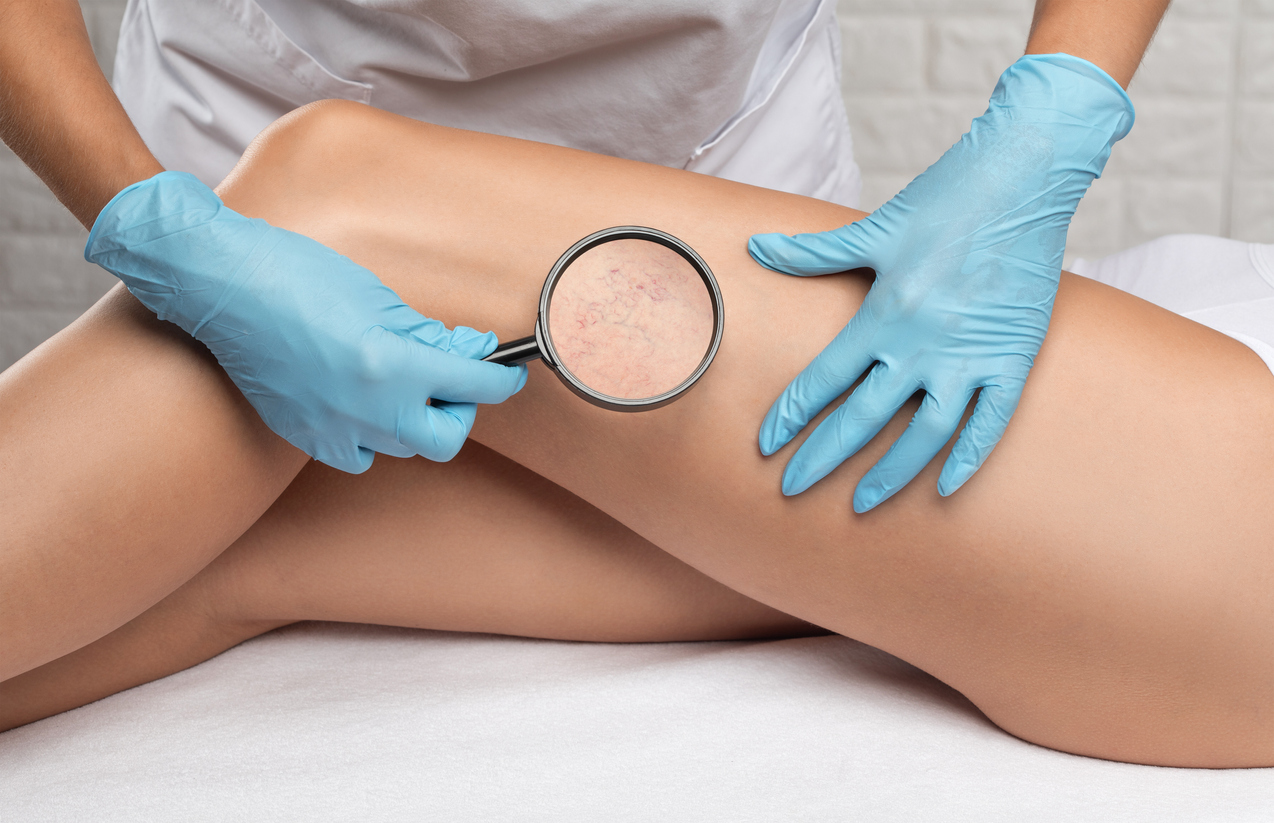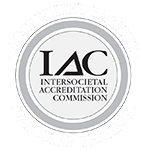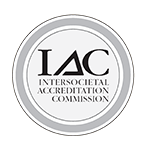
As warmer weather slowly approaches, most people enjoy shedding the layers of winter clothing that have been worn for the past few months and exposing a little more skin.
But, for the people who have spider veins (telangiectasias), as well as varicose veins, this time of year can lead to anxiety and distress over the look and feel of their skin. And while these concerns can cause anguish, you should know that according to the NIH over 20% of adults will get varicose veins at some point and of those it is mostly women who get them.
At the Vein Institute of NJ, we understand how these vein issues can cause discomfort and apprehension, so we strive to help you get rid of them so you can enjoy the warmer weather as it gets into full swing!
Before you start thinking of the best way to eliminate spider veins, you need to understand what causes them and what you can do to stop them from occurring when possible.
Spider & Varicose Vein Origins
Spider veins are dilated or broken blood vessels located near the surface of the skin or mucous membranes. "Matted" telangiectasias are clusters of these small dilated blood vessels that form a pink or red patch on the skin. Any healthy person can develop this condition, and it is sometimes associated with varicose veins.
Vein issues typically develop when tiny, one-way valves inside the veins weaken. Also known as venous insufficiency, it is a chronic condition where there is inadequate return of blood from the veins in the leg back to the heart.
When these valves become damaged, some blood flows backward and accumulates in the vein. Extra blood in the vein puts pressure on the walls of the vein and with continual pressure, the vein walls weaken and bulge.
Spider veins are usually fine and superficial and measure less than one millimeter in diameter. They are typically reddish, purplish wisps on the legs, oftentimes resembling a bruise when they occur in clusters. Varicose veins are usually large and protruding and measure at least four to five millimeters in diameter. Varicose veins are bluer in color and tend to protrude above the level of the skin.
For spider veins, genetics may put you at a higher risk of experiencing these issues, but many people get them because they sit or stand for long periods of time. These veins also become more common with age and during pregnancy. Obesity, hormonal changes, or an injury may also cause vein issues to occur.
Other reasons may include:
- Sunlight
- Heat/Cold
- Alcohol consumption
- Smoking
- Spicy foods
Not all spider veins exhibit the classic web-like blemish. In fact, spider veins appear in three distinct patterns:
- Linear spider veins appear to form a line of tiny blood vessels.
- Starburst spider veins have a central area from which the veins radiate outward.
- Arborizing spider veins have a tree-like branching appearance.
Whatever the pattern, most spider veins appear between the ages of 18 and 35, and reach their peak of prominence between the ages of 35 and 60, with individual spider veins measuring between 0.5 and 1 millimeter in diameter.
DIY Treatment Plans
To choose the proper treatment plan, it is vital to book an appointment with a board-certified vascular physician who is trained specifically to treat vein issues. Our team at the Vein Institute of NJ prides itself on educating you and ensuring that, as a patient, you are comfortable with all the treatment options available.
While we focus on proven medical procedures there are also some “home remedy” tips you can try to help you reduce the prominence of spider veins.
Creams and Lotions
Most of these products tout the “natural healing power” of a variety of substances, with very little (if any) supporting scientific evidence of their success. More discouraging is the lack of an explanation of how the product works to “make veins disappear.”
We have kept an open mind to the possibility that a topical product can make abnormally dilated veins shrink, or somehow repair the leaky valves in the veins that allow blood to flow backward and pool. However, we’re still waiting for the first of those miracle natural remedies for spider veins to live up to its promises.
That’s not to say creams and lotions can’t provide some help for vein conditions. A number of cosmetic products are designed to cover and conceal, rather than remove unsightly veins, and many of these products can be quite effective.
Using a self-tanner or concealer is a DIY process that may help cover up some spider veins. But, you need to learn how to apply it to match your skin tones and understand, most of all, that these solutions are not permanent.
Get Your Workout On
Working out is another tip you can use to help you manage the appearance of spider veins. Keeping in motion is important. Getting up regularly and walking around to get the blood pumping helps reduce blood pooling in the leg veins.
In addition, stretching your calf and thigh muscles can also help improve blood flow. Taking breaks to move your legs can help blood flow toward the heart. When seated, raise your legs by placing them on a footstool and avoid crossing them.
Medical Treatments
Seek Sclerotherapy Treatment
One of the most widely accepted options for vein treatment is sclerotherapy. Sclerotherapy is prescribed most often for spider veins and smaller varicose veins that, generally, do not cause any additional health issues. It is a minimally-invasive procedure which can be completed without the need for anesthesia and performed in one of our many vein treatment centers in New Jersey.
Sclerotherapy involves the injection of a liquid chemical called a sclerosant. This FDA-approved solution causes an irritation to the inner lining of the vein, ultimately causing it to close off. Over time, the treated vein is absorbed and disappears enough to not be seen.
The Laser Therapy Option
This minimally-invasive procedure uses a laser to heat and destroy spider veins just under the surface of the skin. Lasers target the upper layers of the skin and can eliminate the veins in one or a series of treatments.
Laser technology has evolved to allow experienced vascular doctors the ability to target only very specific veins while ensuring not to damage surrounding tissue. The entire vein treatment process takes approximately 4 to 6 weeks for the laser-treated vein to be reabsorbed by the body and disappear.
Laser therapy for spider veins takes place in our offices and usually takes just 10 to 20 minutes, depending on the size and complexity of your treatment area
We Are Here to Help You Get Rid of Those Spider Veins
If you have spider veins and are searching for a reliable and trusted healthcare provider, consider the Vein Institute of NJ. We have been practicing for almost 60 years and are uniquely-qualified to serve as your spider vein expert. We specialize in lifestyle-improving cosmetic and medical treatments and understand the concerns you may have as we always treat you with compassion.
At the Vein Institute of NJ, we have the tools and skills needed to ensure that we have taken care of all your vein treatment needs. Get in touch with us now, so you can start feeling better about showing off your legs today!








